PAINTED WOLVES OF AFRICA
Today we celebrate one of Africa’s most efficient hunters: the African Wild Dog. Their scientific name, Lycaon pictus, literally means ‘painted wolf’ and it’s easy to see why. Daubed with splodges of black, brown, yellow and white fur, their patchy coats give individual dogs a unique marking, a little like a fingerprint. Enormous Mickey Mouse like ears and white tipped bushy tails give them a rather endearing appearance.
Wild dogs are Africa’s second most endangered carnivore after the Ethiopian wolf.
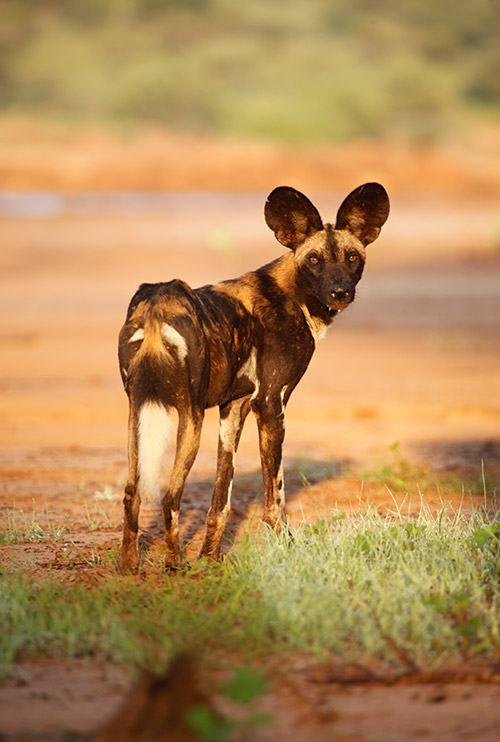
Curious African wild dog
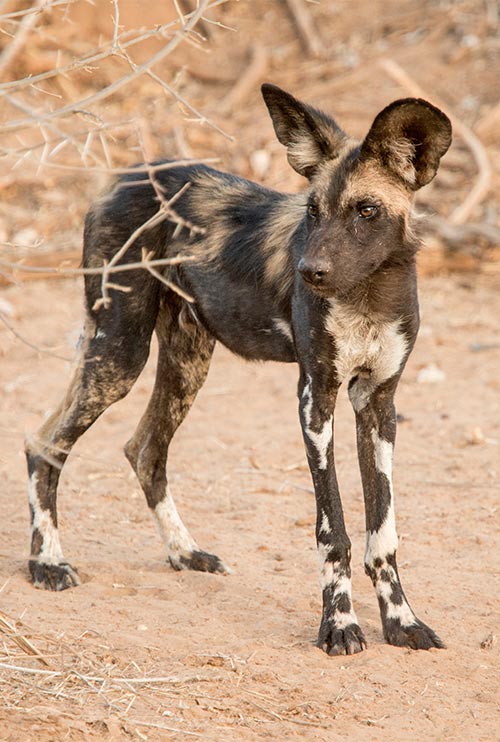
On alert
Many people who are lucky enough to witness these charming canines on safari are often surprised at how akin to a man’s best friend they first appear to be. Similar in size to a Labrador (although much more streamlined) they are extremely social and playful. They live in groups of anywhere between seven to 40 and greetings between pack members are an exciting occasion for all: an explosion of licking, whining, wagging of tails and rolling around. Seldom aggressive to one another, African wild dogs are, in fact, one of the most caring and strongly bonded species. The whole pack helps to care for pups as well as injured and aging members, with those in need given regurgitated meat following a hunt.
As well as their caring and social nature, we love that the ‘top-dog’ is always a female. Packs are ruled by an alpha mating pair, although it’s the female who decides on pack membership, den location and so on. Unlike other mammals, it’s also the female that leaves the family to form their own new pack, whilst males remain in their birth group. Girl power!
Despite the similarities many safari-goers observe with their pet pooches, wild dogs cannot be domesticated. Nor can they interbreed with domestic dogs. Tragically, African wild dogs are the most endangered carnivore on the planet. Native only to Africa, they historically roamed 39 countries across the continent. Now, they are found in only 14.
Only 6,600 African wild dogs remain on the planet and their population is declining.
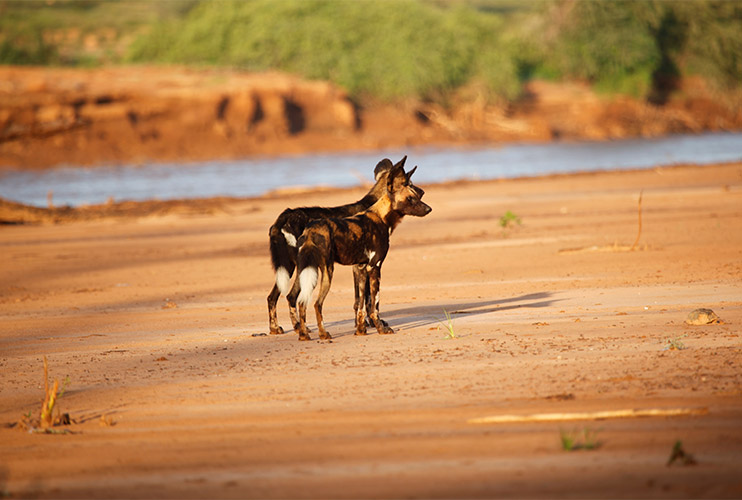
Wild dogs on the sandy banks of the Ewaso Nyiro River at Sasaab
Major threats include habitat loss as humans encroach on their living areas, as well as human wildlife conflict. As a nomadic species, wild dog territories can extend well over 1,000 square kilometres. Persecution from farmers, who often misguidedly blame dogs for livestock deaths, is being tackled by conservation groups such as the Mara Predator Conservation Programme (MPCP), one of the initiatives our Footprint foundation supports. Through monitoring of wild dog packs, community outreach, anti-poison campaigns and a deworming and vaccination programme, the MPCP are helping to secure a future for this endangered species. This year alone, the MPCP have vaccinated over 1,500 domestic cats and dogs in conservancies bordering the edge of the Masai Mara. This is in a bid to reduce rabies and other diseases thought to be easily transmitted to wild dogs.
For those yet to encounter with this rare safari animal, you might be lucky enough to spot them during a safari at Sasaab. A big family pack was recently witnessed hanging out on Leopard Rock, right next to the lodge in Westgate Conservancy. Our guests have also spotted wild dogs in Samburu National Reserve. It is always a mesmerizing moment to come across a pack, lazing in the roadside dust or trotting through the bush. Midday or afternoon seems to be when they are most frequently sighted in and around Sasaab.
Find out more about the exciting wildlife you can experience at Sasaab or get in touch by emailing info@thesafaricollection to start planning your next wildlife adventure.
RELATED NEWS

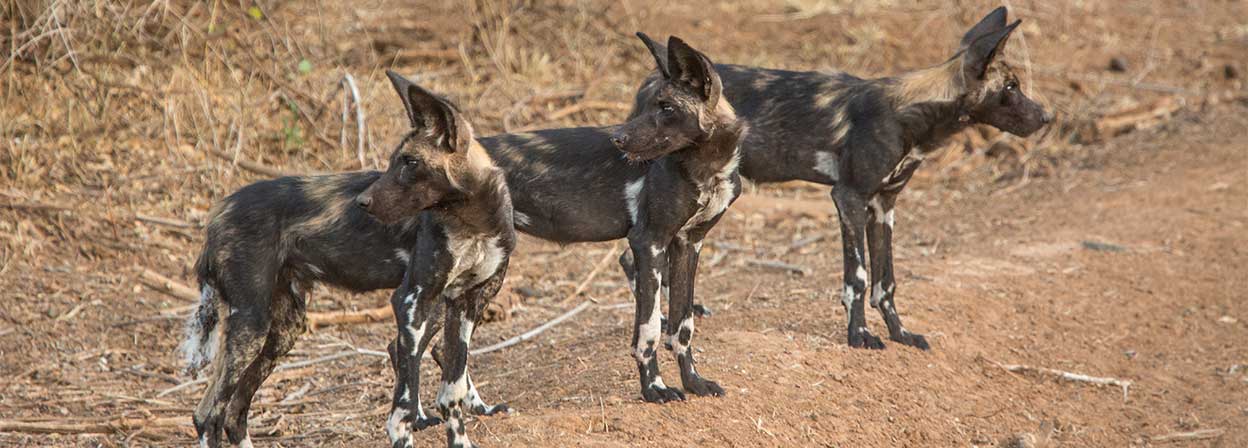
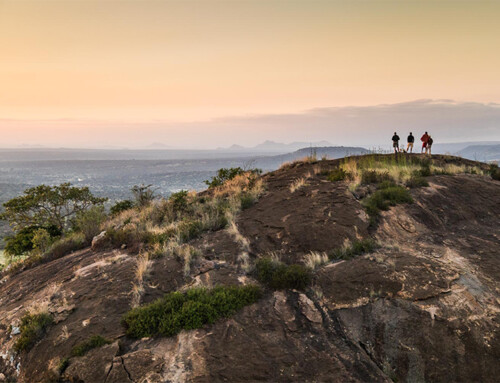
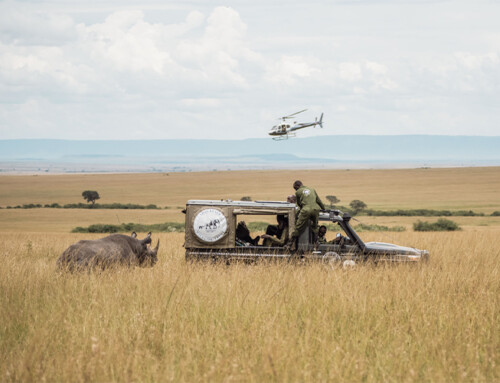
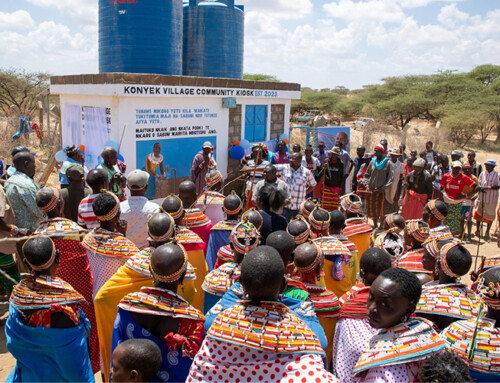
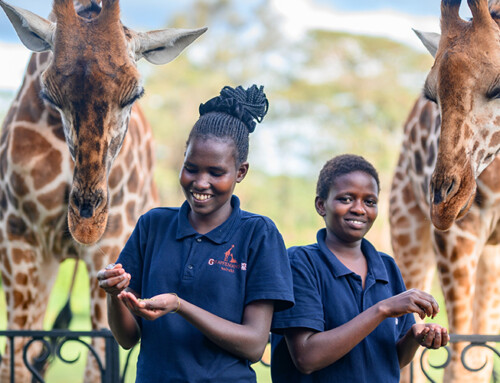
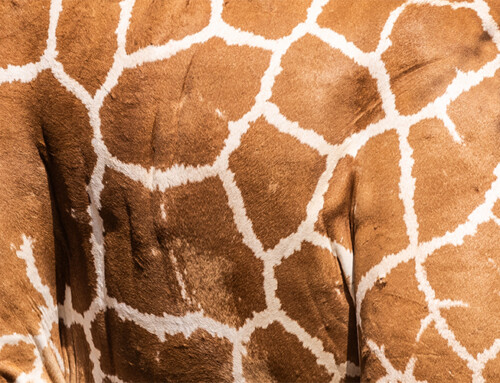
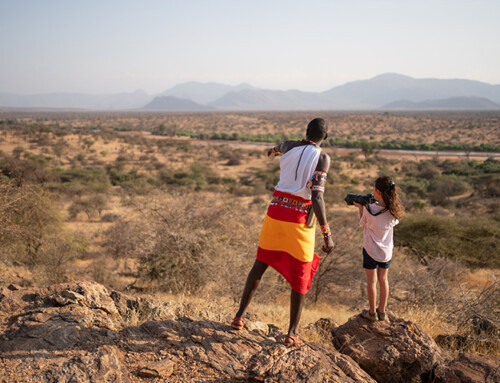
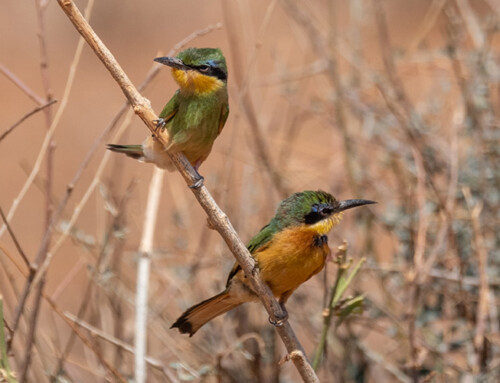
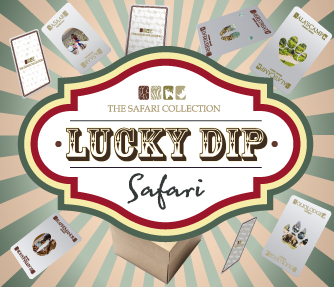






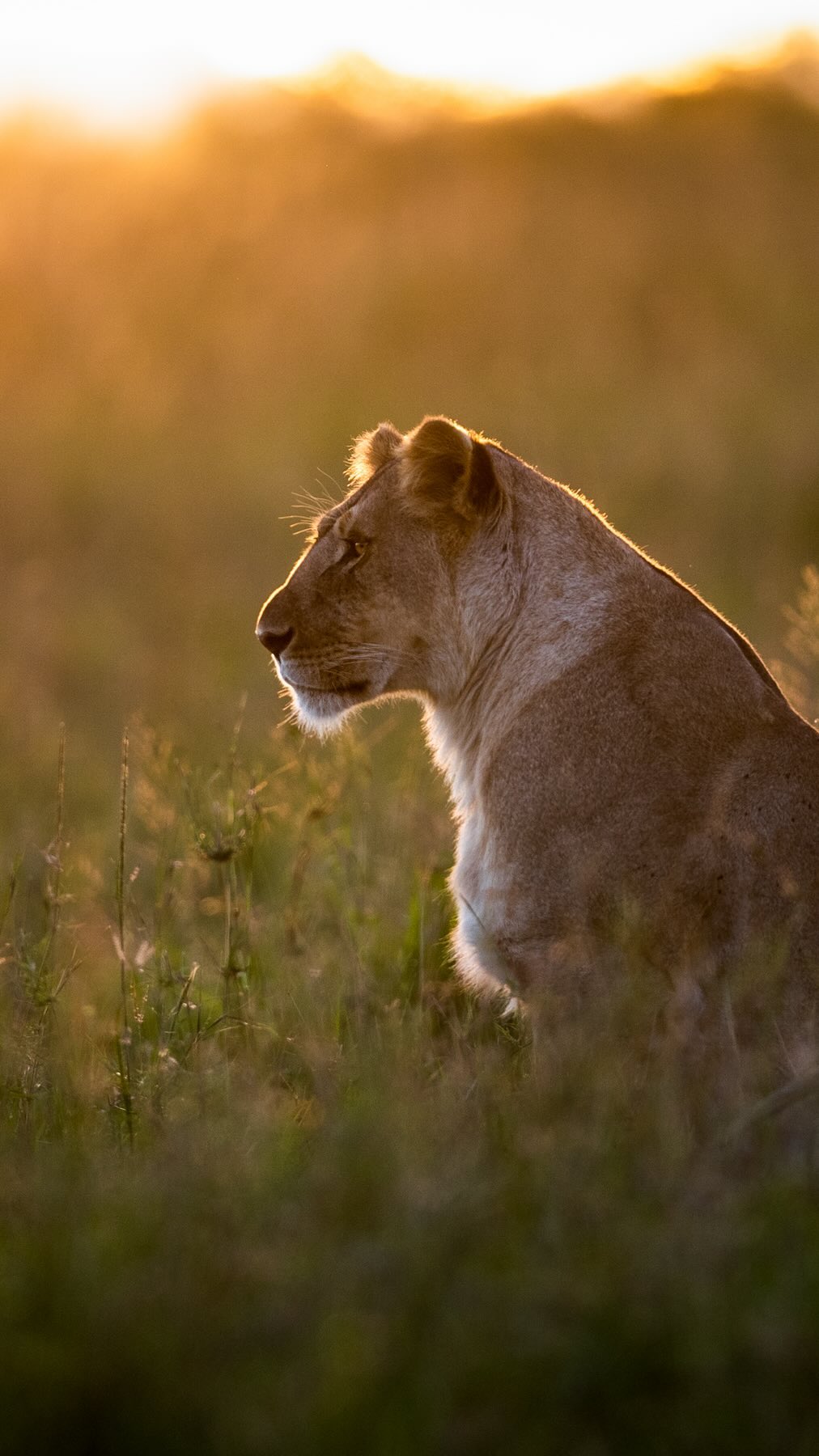

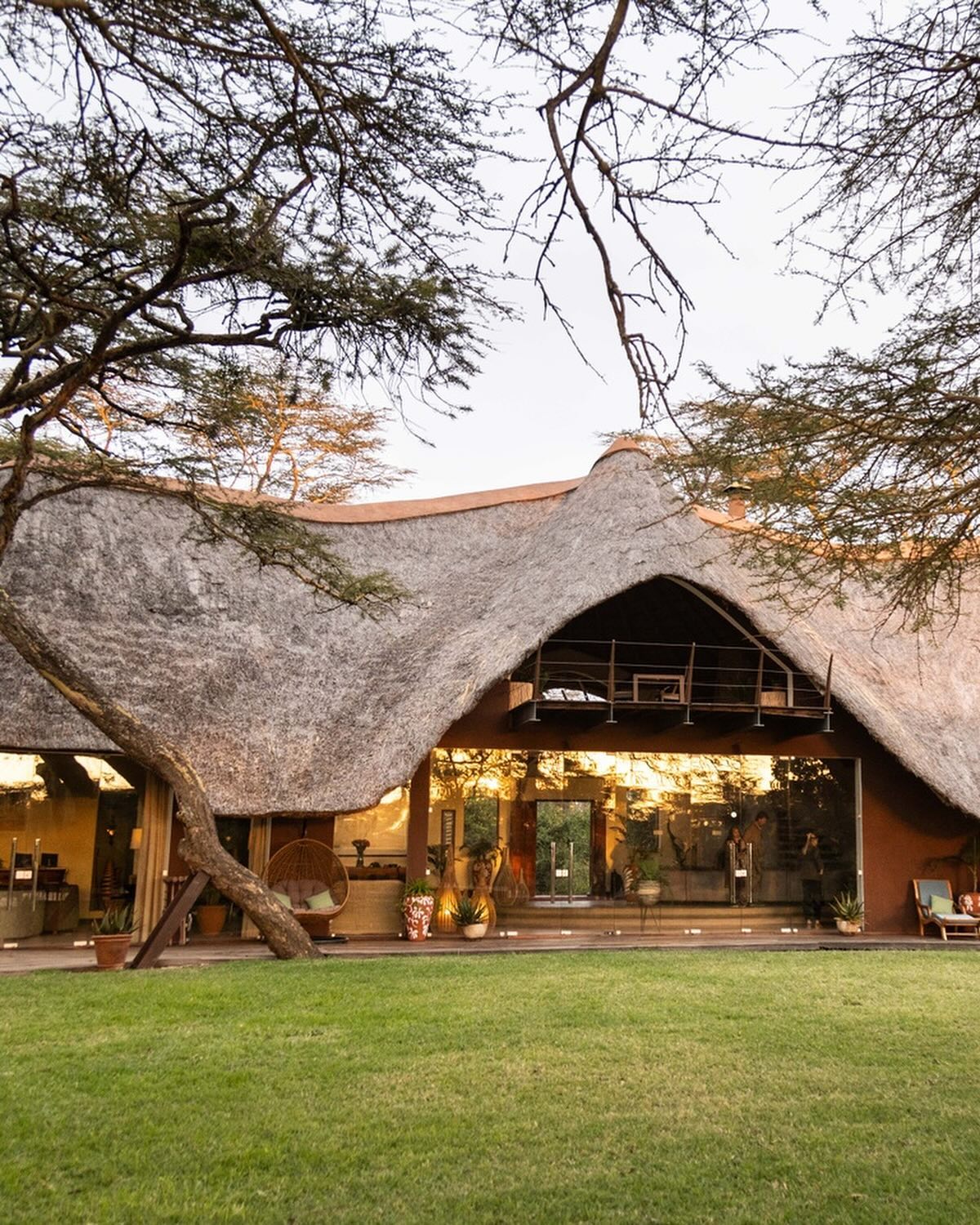
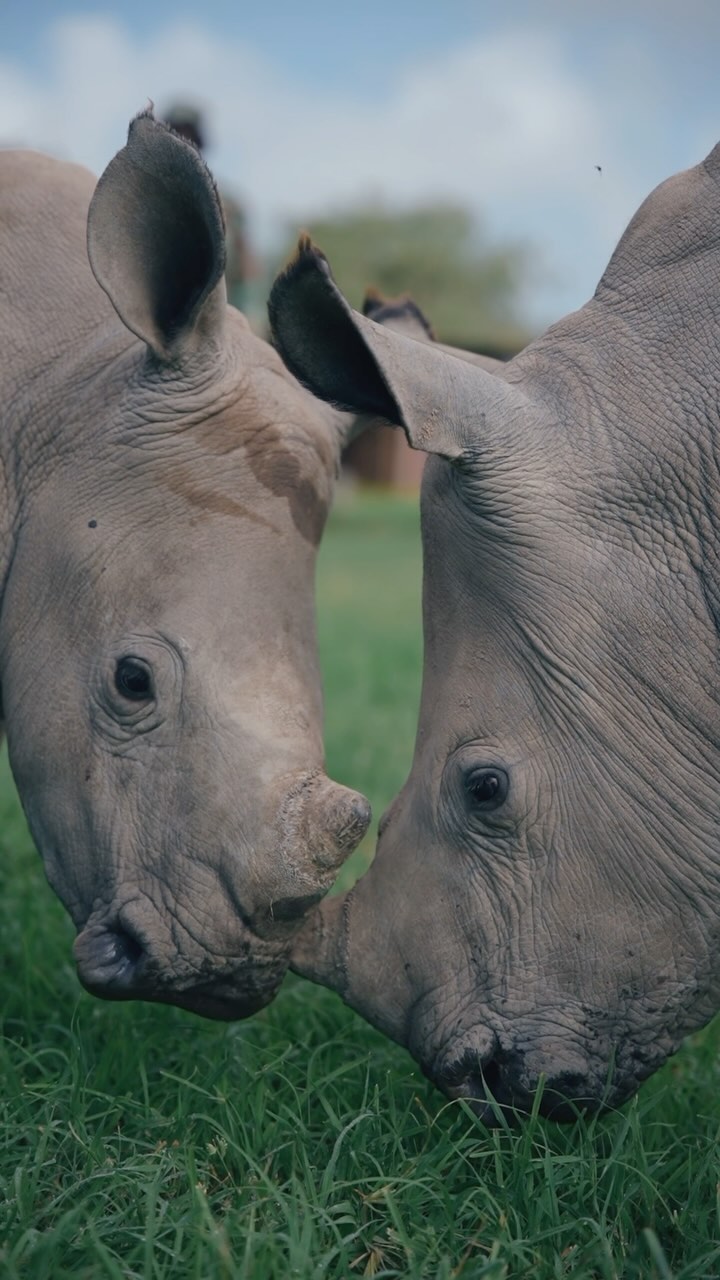
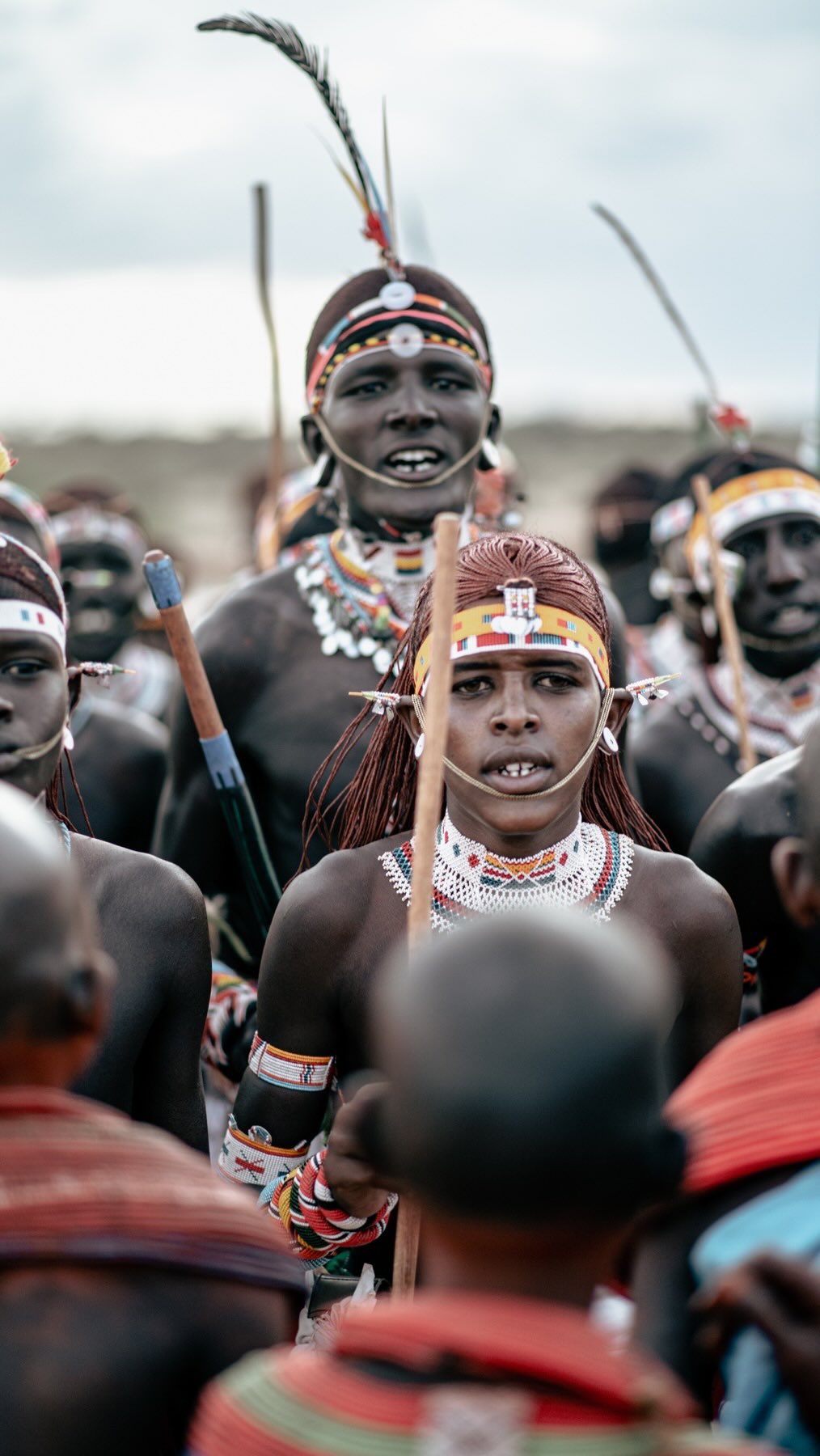
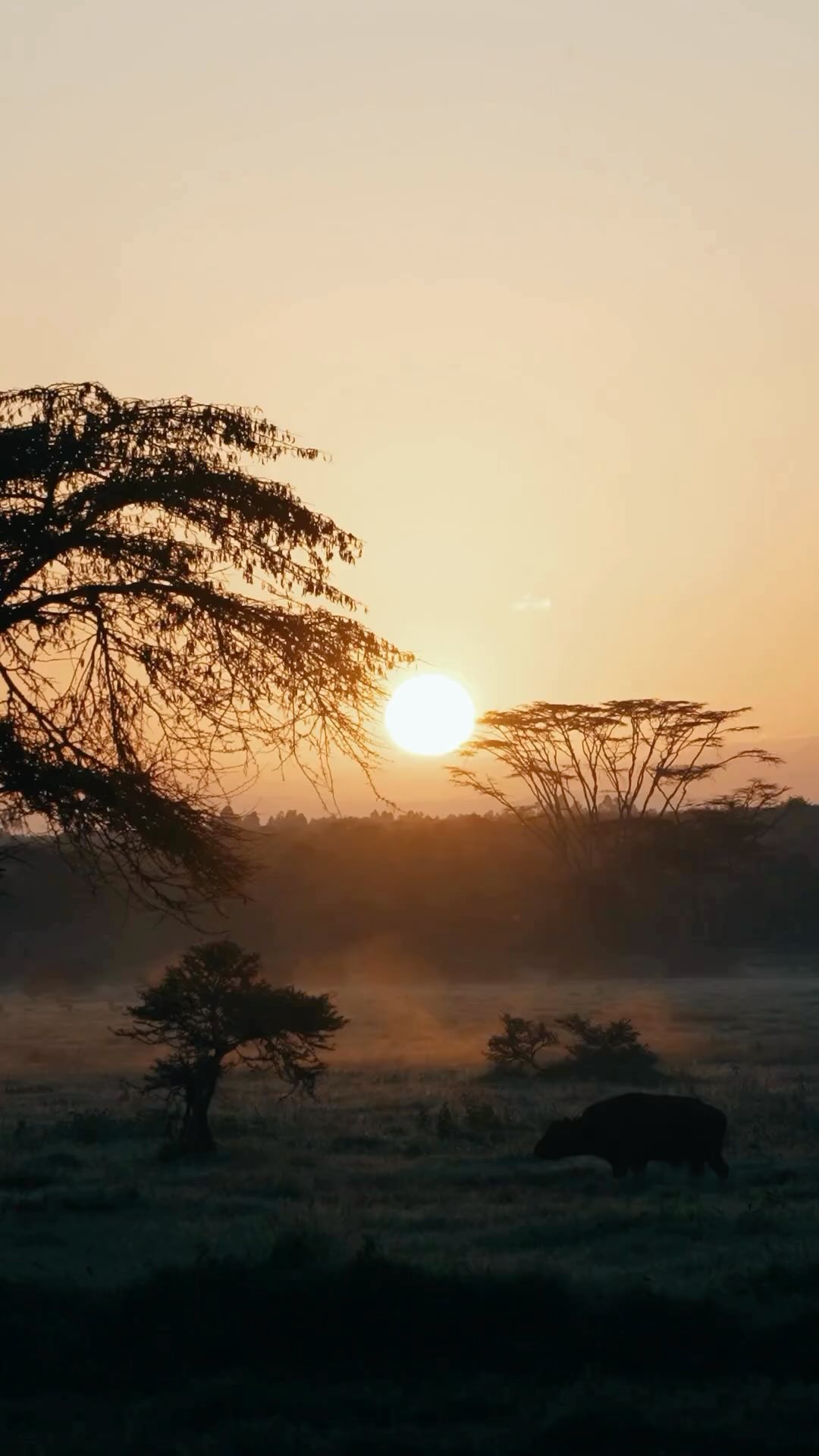
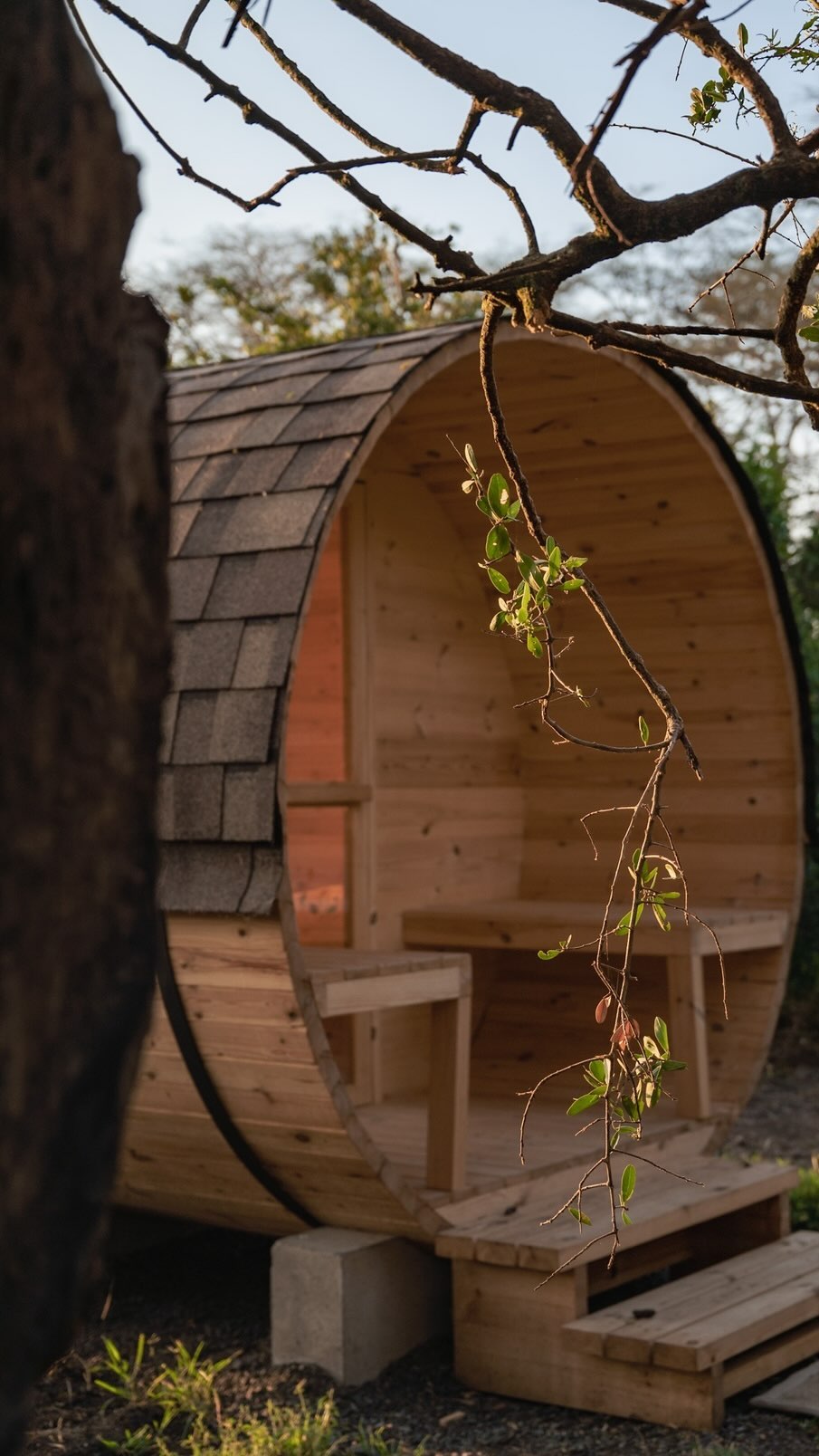

CONNECT & FOLLOW